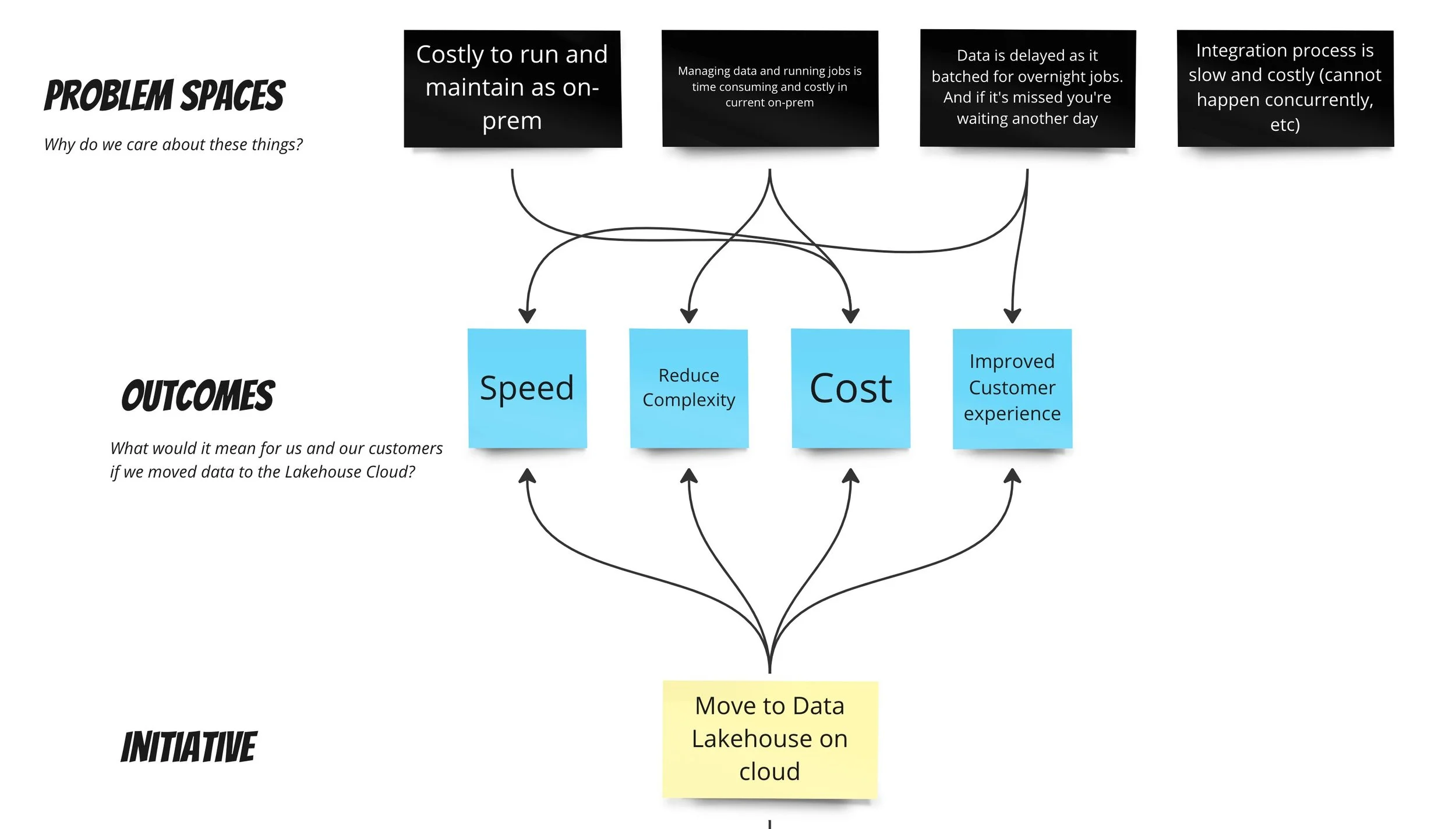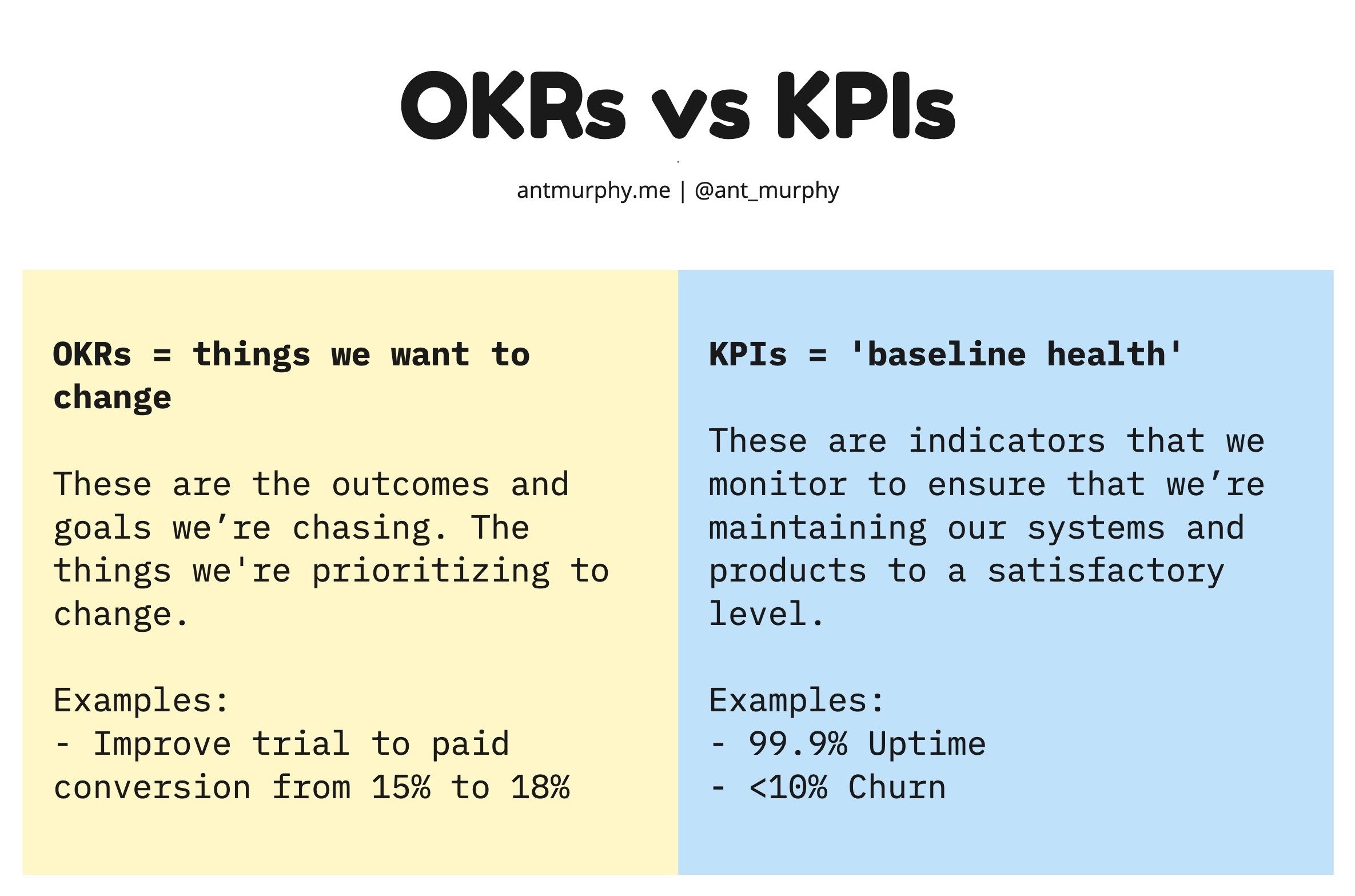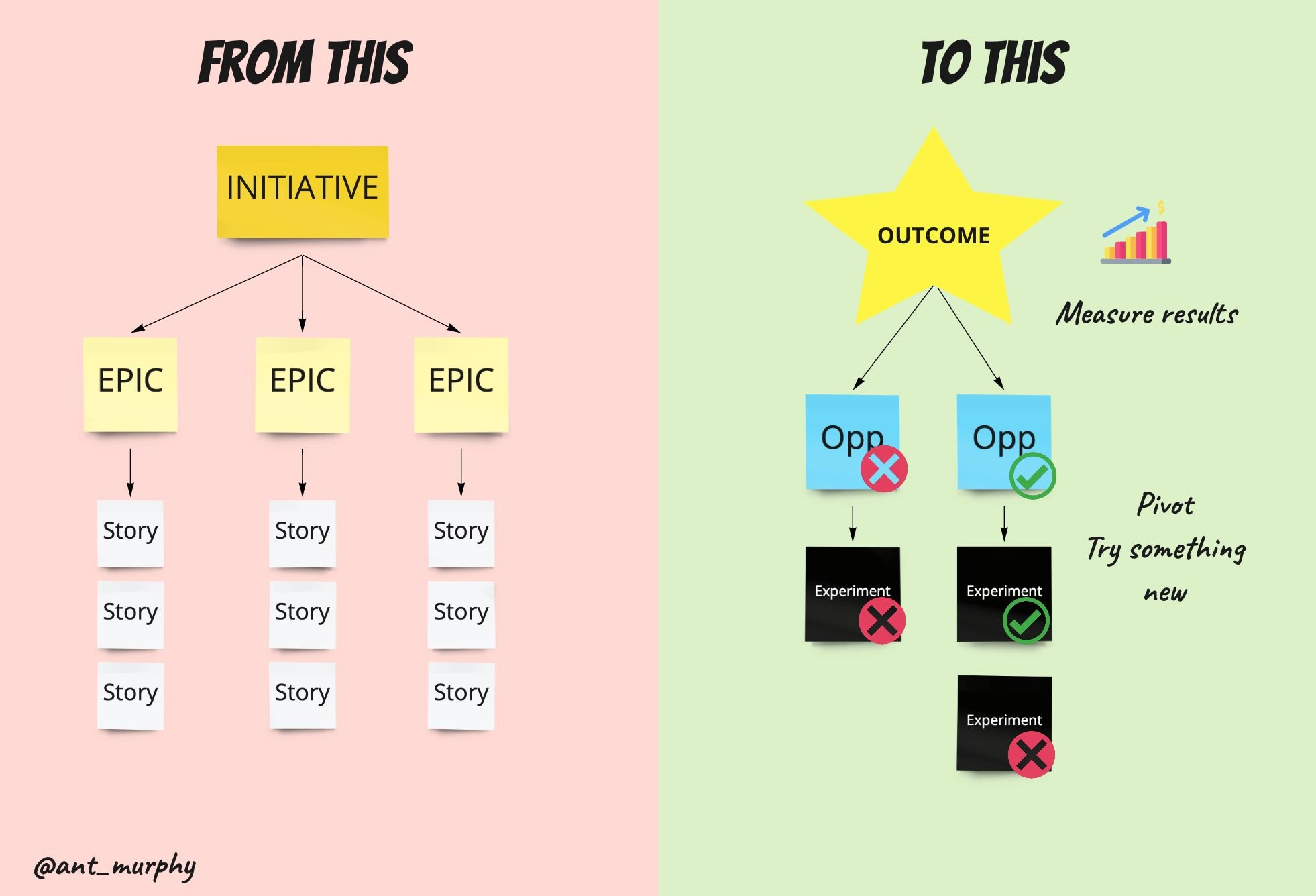'Bring it back to the problem'
Short post and apologies for the longer than usual gap between newsletters. I've been in 'builder mode', heads down recording a Product Discovery course for Product Pathways - interested? Join the waitlist here.
(If you want a sneak peak of what the course will be like, watch this video I did on Product Discovery)
Ok, let's talk about value, prioritisation and strategy 👇
One of the worst advice I got when I was starting my product career was to "prioritize based on value".
Whilst this sounds nice and of course isn't wrong, per se.
The problem is that 'value' is ambiguous.
As Jeff Gothelf said:
“Value” is the most ambiguous word in business.
Let's just explore that for a second. What do we mean by value?
Is it business value? user value? customer value?
What about things like:
tech debt
foundational work
cost of delay
opportunity costs
urgency
etc...
This is where what feels like a prioritization problem, is actually a strategy one - or lack thereof.
John Cutler framed it well:
"without strategy, all you're left with is a ton of good ideas, and no way to prioritize them"
And no amount of 'spreadsheet prioritization' is will help you overcome this.
It might help you get unstuck in the short term but it'll only get you so far - and how well you can complete the RICE formula is not a winning product strategy!
But building a product strategy and getting everyone aligned can take time. It might also be outside your remit - and in some cases - feel impossible to achieve.
So how do you define value and align stakeholders whilst you're tackling the strategy problem without having to resort to spreadsheet prioritization and fill-in-the-blanks formulas?
I was recently asked this question in a webinar and here are the two main approaches I use👇
1. OKRs/Goals
If you have any goals or the resemblance of a goal you can define value around that.
In other words; which of these opportunities are pulling us towards the goal the most?
Whilst OKRs are not a strategy, they are typically the next best thing.
And if you don't have any goals/OKRs then you could have a shot at defining some. That's typically an easier starting point than trying to define a strategy, so it's not a bad place to start.
I would start with facilitating a conversation around a shared goal, then expand into a some semblance of a strategy over time.
2. Bring it back to the problem
If you don't have any goals or you can't get leaders to align on one, then bring it back to the problem.
Even if there are multiple problems being solved, being able to get them on the table and prioritize them is a very powerful way to facilitating a conversation around value in the absence of a strategy.
You could argue that at its core, strategy is problem solving.
Outlining several problems and asking "which of these are the biggest problem for us right now?" is a strategic conversation.
This is Theory of Constraints, where you concentrate your efforts towards the biggest constraint/problem as that will most likely be the point of highest leverage.
“Good strategy works by focusing energy and resources on one, or a very few, pivotal objectives whose accomplishment will lead to a cascade of favorable outcomes.” - Richard Rumelt, Good Strategy Bad Strategy
Example of an exercise I ran with a product team, where we took an initiative and workshopped back to the problem
Of course this is a bandaid fix but it will be enough to keep momentum and get you unstuck if you don't have a clear product strategy.
I'll leave it there for today. Now back to recording and getting this course done!
#actionshot


















Your OKRs don’t live in a vacuum.
Yet this is exactly how I see many organizations treat their OKRs.
They jump on the bandwagon and create OKRs void of any context.
Here’s what I see all the time…